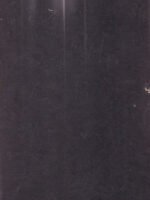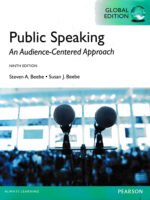In this volume the authors argue that, contrary to Donald Norman’s famous dictim, we do not always want our computers to be invisible information appliances. They say that a computer does not feel like a toaster or a vacuum cleaner; it feels like a medium that is now taking its place beside other media like printing, film, radio and television. The computer as medium creates new forms and genres for artists and designers; the authors want to show what digital art has to offer to web designers, education technologists, graphic artists, interface designers, HCI experts, and, for that matter, anyone interested in the cultural implications of the digital revolution. representations to an experience for the user in which form and content were thoroughly integrated. Designers brought their skills and sensibilities to the Web, as well as a belief that a message was communicated through interplay of words and images.
save
₹1,651.00Windows and Mirrors: Interaction Design, Digital Art, and the Myth of Transparency
These works, and their inclusion in an important computer conference, show that digital art is relevant to technologists. In fact, digital art can be considered the purest form of experimental design; the examples in this book show that design need not deliver information and then erase itself from our consciousness, but can engage us in an interactive experience of form and content.
₹1,365.00₹3,016.00
Out of stock









Be the first to review “Windows and Mirrors: Interaction Design, Digital Art, and the Myth of Transparency”